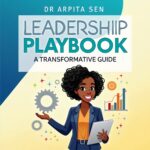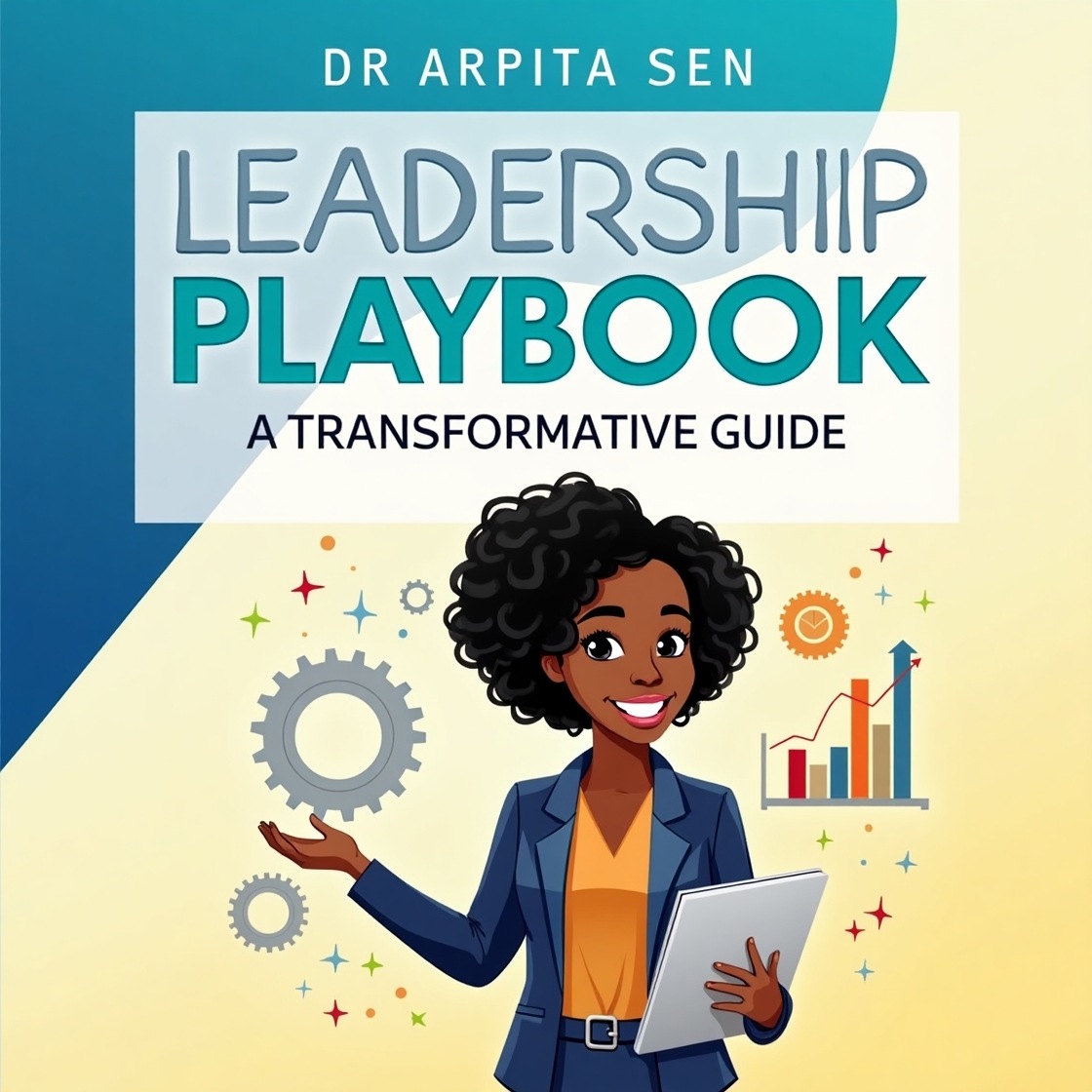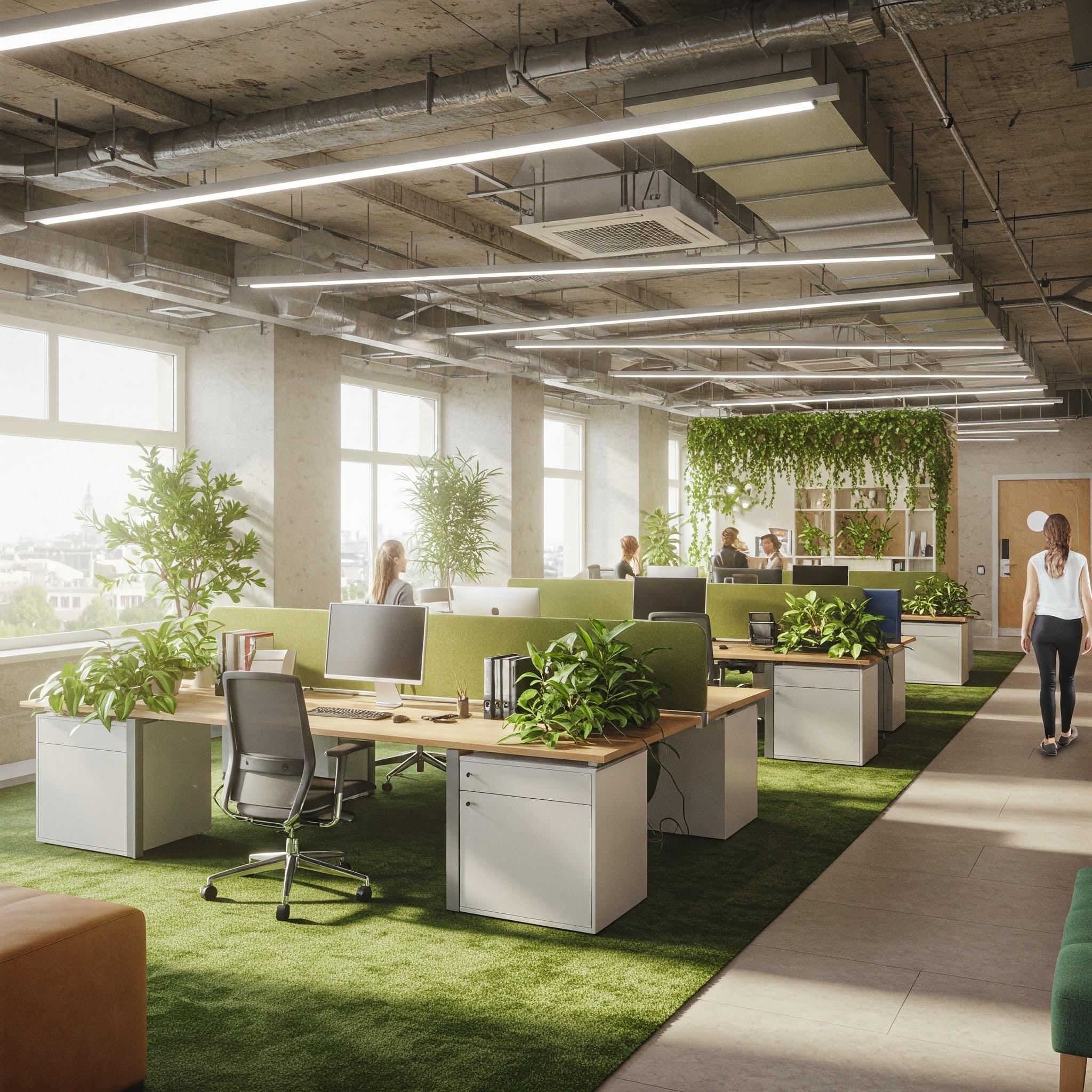In the dynamic realm of talent acquisition, companies are pushing boundaries to redefine traditional recruitment strategies. As the competition for top talent intensifies, organizations are turning to innovative approaches that not only attract exceptional candidates but also shape a distinct employer brand. This article delves into real-life examples, showcasing how leading companies are revolutionizing talent attraction.
1. Building a Strong Employer Brand:
Google: Google epitomizes a robust employer brand, consistently securing top positions in global workplace rankings. The company’s emphasis on innovation, employee well-being, and positive impact is evident in initiatives like the “Googleplex” tours. These virtual tours spotlight Google’s unconventional office spaces, recreational areas, and unique perks, offering a glimpse into the company’s vibrant culture and contributing to its status as an employer of choice.
HubSpot: HubSpot, a leader in inbound marketing, has built a strong employer brand by prioritizing transparency and authenticity. The company’s commitment to fostering a positive work environment is showcased through employee spotlights, where team members share their experiences and perspectives. This transparent approach resonates with potential hires, reinforcing HubSpot’s reputation as a workplace that values its people.
Salesforce: Salesforce has distinguished itself through its focus on corporate social responsibility. The company’s employer brand highlights its commitment to philanthropy, equality, and sustainability. By aligning its brand with values that resonate with socially conscious candidates, Salesforce attracts individuals who are not only skilled but also share a passion for making a positive impact on the world.
2. Gamification in Recruitment:
Deloitte: Deloitte has embraced gamification in its recruitment processes through the “Deloitte Leadership Academy.” This platform integrates gamified learning modules to assess candidates’ leadership skills and strategic thinking. By transforming assessments into interactive games, Deloitte not only evaluates candidates’ capabilities more dynamically but also creates an engaging experience that sets the company apart in the competitive recruitment landscape.
PwC: PricewaterhouseCoopers (PwC) utilizes gamification to enhance its graduate recruitment process. The company’s “Multipoly” game is a virtual, multiplayer business simulation that assesses candidates’ decision-making skills, teamwork, and strategic thinking. This innovative approach not only makes the recruitment process more enjoyable for candidates but also provides PwC with valuable insights into their potential as future professionals.
EY (Ernst & Young): EY has incorporated gamification into its recruitment strategy through interactive assessment tools. The company’s gamified assessments simulate real-world scenarios, allowing candidates to showcase their problem-solving abilities and adaptability. This approach not only engages candidates in a more interactive process but also aligns with EY’s commitment to innovation and forward-thinking.
3. Virtual Reality (VR) and Augmented Reality (AR):
Accenture: Accenture leverages VR and AR technologies to immerse candidates in its workplace environment. Virtual office tours provide candidates with a firsthand experience of Accenture’s global offices, promoting a collaborative and innovative atmosphere. Additionally, the company uses AR for interactive job previews, allowing candidates to engage with simulated tasks and gain insights into the day-to-day responsibilities within Accenture.
Walmart: Walmart employs VR for employee training and development. The company’s VR-based academies provide immersive training experiences for associates, enhancing their skills in a virtual environment. This not only showcases Walmart’s commitment to employee growth but also positions the company as a pioneer in utilizing technology to create innovative learning opportunities.
L’Oréal: L’Oréal utilizes AR in its recruitment events and processes. The company’s augmented reality experiences allow candidates to virtually try on products, experience the brand’s values, and understand the culture before joining. This use of AR not only engages candidates in a unique way but also aligns with L’Oréal’s image as a beauty and technology innovator.
4. Data-Driven Decision Making:
IBM: IBM harnesses data analytics to optimize its recruitment processes. By analyzing candidate behavior on digital platforms, IBM gains insights into preferences, pain points, and overall satisfaction. This data-driven approach enables the company to continuously refine its recruitment strategies, ensuring a more personalized and efficient experience for both recruiters and candidates.
Siemens: Siemens utilizes predictive analytics in talent acquisition to identify high-potential candidates. The company analyzes historical data to predict candidate success and cultural fit, allowing Siemens to make informed decisions during the recruitment process. This data-driven strategy enhances Siemens’ ability to identify and attract top talent in a competitive market.
Johnson & Johnson: Johnson & Johnson leverages data analytics to enhance diversity and inclusion in its recruitment efforts. By tracking and analyzing diversity metrics at various stages of the hiring process, the company identifies areas for improvement and ensures fair and inclusive practices. This commitment to data-driven diversity initiatives enhances Johnson & Johnson’s reputation as an employer that values and promotes inclusivity.
5. Personalized Recruitment Marketing:
Amazon: Amazon employs sophisticated AI algorithms to deliver personalized recruitment experiences. The company tailors job recommendations, content, and communication strategies based on individual candidate preferences and skills. This personalized approach not only engages candidates on a deeper level but also positions Amazon as a tech-savvy and candidate-centric employer.
Netflix: Netflix utilizes personalized content in its recruitment marketing to connect with candidates on a personal and cultural level. The company’s recruitment videos showcase employee stories, giving potential hires insights into the company’s unique culture and values. This personalized storytelling approach resonates with candidates who seek alignment with the company’s vision and work culture.
Cisco: Cisco’s recruitment marketing strategy focuses on personalization through targeted content and communication. The company uses AI-driven tools to analyze candidate data, enabling recruiters to tailor their messages and job recommendations. This personalized approach not only enhances the candidate experience but also demonstrates Cisco’s commitment to understanding and meeting individual career aspirations.
6. Remote Work Opportunities:
Shopify: Shopify has embraced remote work as a fundamental aspect of its talent attraction strategy. The company not only offers remote work options but actively promotes the benefits of a distributed workforce. Shopify’s commitment to remote work is reflected in initiatives like its digital nomad visa program, allowing employees to work from anywhere in the world. This flexibility has expanded Shopify’s talent pool globally and positioned the company as a leader in remote work culture.
Twitter: Twitter has adopted a “work from anywhere” model, allowing employees the flexibility to choose their work location. The company’s commitment to remote work is highlighted by its emphasis on results-oriented outcomes rather than location-based attendance. This approach has not only attracted top talent seeking flexibility but has also positioned Twitter as a forward-thinking and inclusive employer.
Microsoft: Microsoft has implemented a hybrid work model, providing employees with the flexibility to choose between remote and in-office work. This commitment to hybrid work reflects Microsoft’s understanding of evolving work preferences and its dedication to providing a work environment that suits individual needs. Microsoft’s flexible approach enhances its appeal to a diverse range of candidates.
7. Inclusive Recruitment Practices:
Salesforce: Salesforce has been a trailblazer in fostering diversity and inclusion in its recruitment practices. The company actively promotes equality through initiatives like the “Equality for All” program. Salesforce ensures diverse hiring panels and partners with organizations that support underrepresented talent, signaling a commitment to creating an inclusive workplace that reflects the diversity of its global customer base.
IBM: IBM places a strong emphasis on inclusive hiring practices, particularly for individuals with disabilities. The company’s “Ability Hiring Program” focuses on creating a more accessible and inclusive workplace by providing opportunities for candidates with diverse abilities. IBM’s commitment to diversity is not just a statement but is ingrained in its recruitment processes.
Unilever: Unilever is committed to gender diversity and has implemented initiatives such as the “Unstereotype Alliance” to eliminate stereotypes in advertising and hiring. The company actively promotes equal opportunities for men and women, with a particular focus on leadership positions. Unilever’s dedication to breaking gender stereotypes and fostering an inclusive workplace enhances its attractiveness to a diverse talent pool.
Conclusion:
In conclusion, the landscape of talent attraction is evolving, and companies that embrace innovative strategies are reaping the rewards of attracting top-tier talent. Real-life examples from industry leaders demonstrate the impact of building a strong employer brand, incorporating gamification, leveraging VR and AR technologies, adopting data-driven decision-making, personalizing recruitment marketing, offering remote work opportunities, and fostering inclusive recruitment practices. As the competition for talent continues to intensify, these examples serve as inspiration for organizations seeking to stand out and thrive in the ever-evolving world of talent acquisition.











